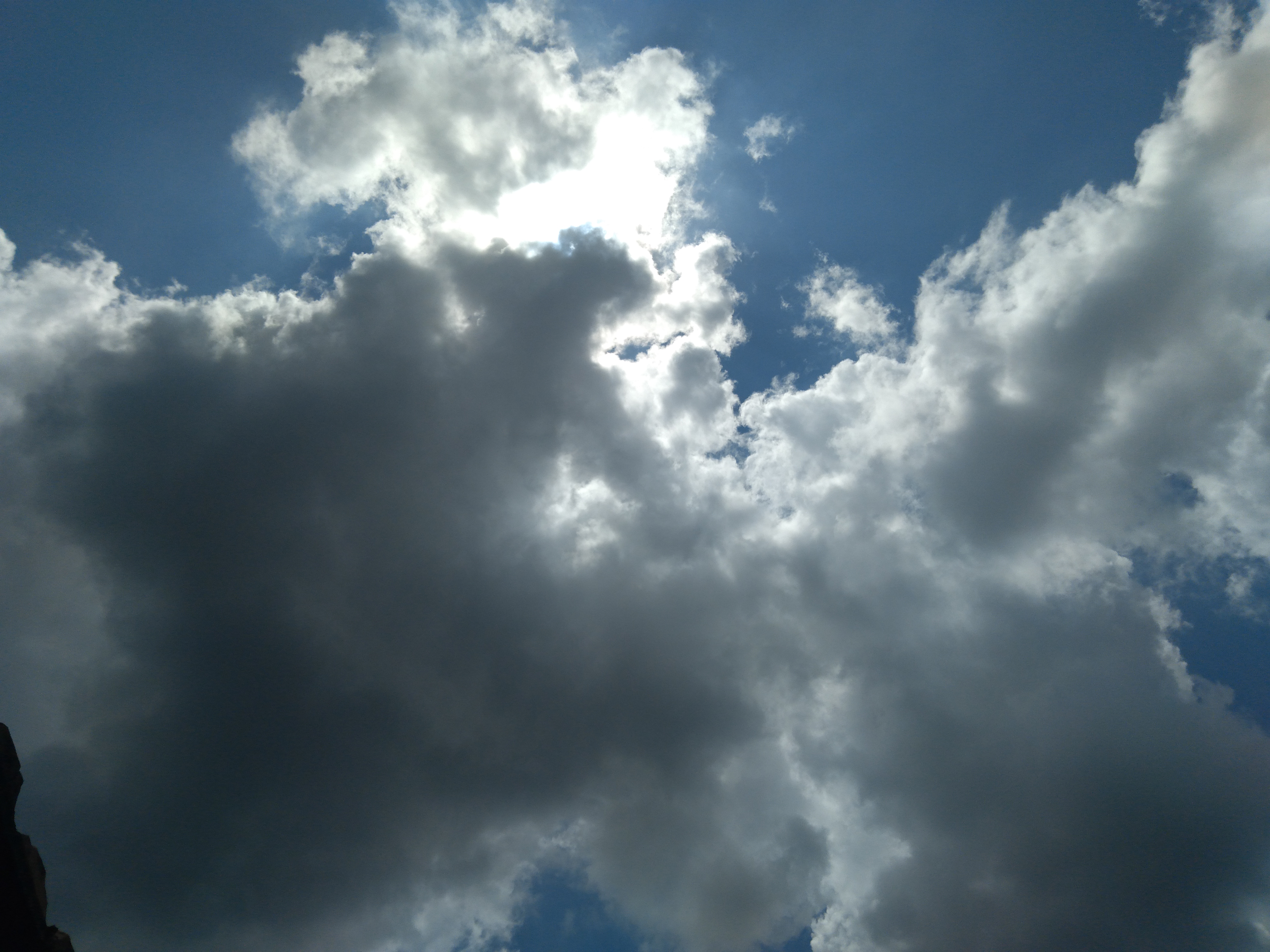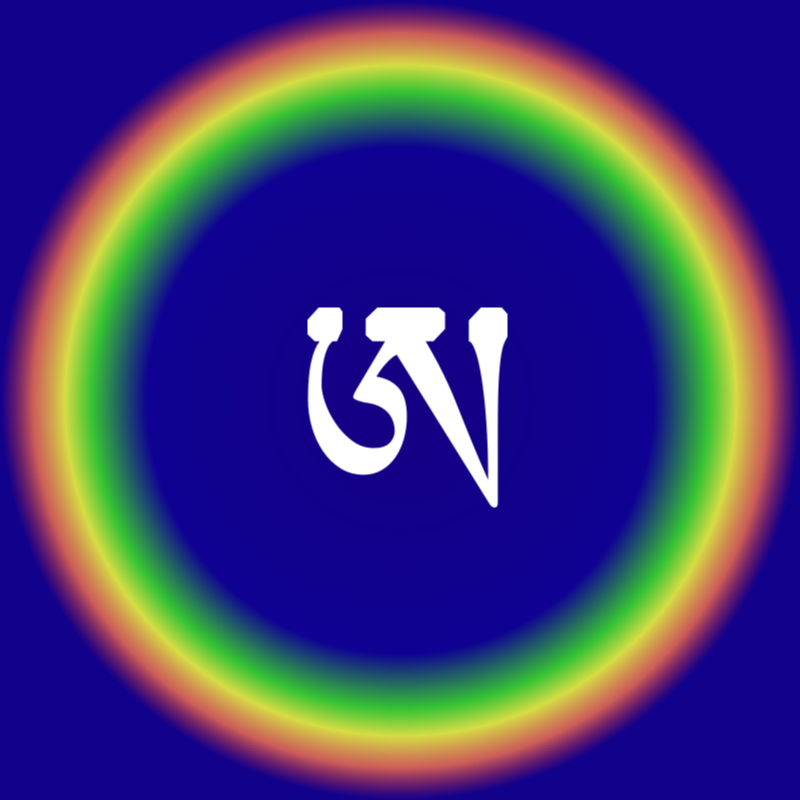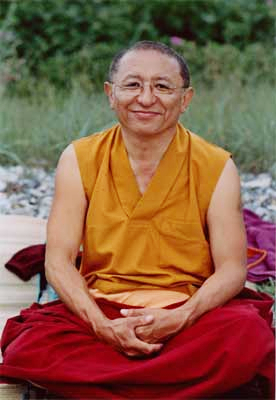|
Tögal
In Dzogchen, ''tögal'' () literally means "crossing, surpassing the skull." It is sometimes translated as 'leapover,' 'direct crossing,' or 'direct transcendence.' ''Tögal'' is also called "the practice of vision," or "the practice of the Clear Light" ('' od-gsal''). Definition Vimalamitra's ''Great Commentary'', defines ''tögal'' as "the practice of the direct perception of pristine consciousness" which is for "the diligent who gradually attain buddhahood through meditation." Chökyi Nyima Rinpoche glosses the term as "to proceed directly to the goal without having to go through intermediate steps." Jigme Lingpa follows Longchenpa in seeing the visionary practice of ''tögal'' as the highest level of meditation practice. ''Tögal'' is also called "the practice of vision", or "the practice of the Clear Light ('' od-gsal'')". Practice ''Tögal'' is practiced in a completely dark setting or through sky gazing. The practices engage the subtle body of psychic channels, winds ... [...More Info...] [...Related Items...] OR: [Wikipedia] [Google] [Baidu] |
Sky Gazing (Dzogchen)
In Dzogchen, sky gazing (Wylie transliteration, Wylie: ''nam mkha' ar gtad'', THDL Simplified Phonetic Transcription, THDL: namkha arté) is one of the core practices of ''trekchö'' as well as ''tögal''. It is part of the Nyingma school of Tibetan Buddhism and Bon. Detailed instructions on the practice are provided by the Nyingma teacher Tarthang Tulku, among others. The result of the practice is the rainbow body. History of the sky-gazing practice The most comprehensive study of the Sky-gazing meditation known as ''thod rgal'' has been written by Flavio A. Geisshuesler. Although the term ''thod rgal'' is generally translated as "Direct Transcendence" or "Leap Over," Geisshuesler argues that the expression really means "Skullward Leap" as it consists of the Tibetan words ''thod'' ("above," "over," but also "head wrapper," "turban," "skull") and ''rgal'' ("to leap over"). In the larger Tibetan cultural area, it is the most elevated part of the human body—the skull or, its exte ... [...More Info...] [...Related Items...] OR: [Wikipedia] [Google] [Baidu] |
Dzogchen
Dzogchen ( 'Great Completion' or 'Great Perfection'), also known as ''atiyoga'' ( utmost yoga), is a tradition of teachings in Indo-Tibetan Buddhism and Bön aimed at discovering and continuing in the ultimate ground of existence. The goal of Dzogchen is the direct experience of this basis, called (Sanskrit: ). There are spiritual practices taught in various Dzogchen systems for discovering . Dzogchen emerged during the first dissemination of Buddhism in Tibet, around the 7th to 9th centuries CE. While it is considered a Tibetan development by some scholars, it draws upon key ideas from Indian sources. The earliest Dzogchen texts appeared in the 9th century, attributed to Indian masters. These texts, known as the Eighteen Great Scriptures, form the "Mind Series" and are attributed to figures like Śrī Siṅgha and Vimalamitra. Early Dzogchen was marked by a departure from normative Vajrayāna practices, focusing instead on simple calming contemplations leading to a di ... [...More Info...] [...Related Items...] OR: [Wikipedia] [Google] [Baidu] |
Dzogchen Practices
Dzogchen ( 'Great Completion' or 'Great Perfection'), also known as ''atiyoga'' ( utmost yoga), is a tradition of teachings in Indo-Tibetan Buddhism and Bön aimed at discovering and continuing in the ultimate ground of existence. The goal of Dzogchen is the direct experience of this basis, called (Sanskrit: ). There are spiritual practices taught in various Dzogchen systems for discovering . Dzogchen emerged during the first dissemination of Buddhism in Tibet, around the 7th to 9th centuries CE. While it is considered a Tibetan development by some scholars, it draws upon key ideas from Indian sources. The earliest Dzogchen texts appeared in the 9th century, attributed to Indian masters. These texts, known as the Eighteen Great Scriptures, form the "Mind Series" and are attributed to figures like Śrī Siṅgha and Vimalamitra. Early Dzogchen was marked by a departure from normative Vajrayāna practices, focusing instead on simple calming contemplations leading to a direct ... [...More Info...] [...Related Items...] OR: [Wikipedia] [Google] [Baidu] |
Lukhang Mural 14
Lukhang (, residence of Nagas), formally Dzongyab Lukhang (), residence of Nagas, lords of the castle and administered territory /nowiki>) is the name of a secret temple of Lozang Gyatso, 5th Dalai Lama. Three walls of the temple are covered with murals of yogis engaged in their exercises. * One wall of murals illustrates a commentary by Longchenpa on a Dzogchen tantra '' Rigpa Rangshar'', interpreted according to the 5th Dalai Lama's experience of practice. The murals show characteristic visions of the secret practice of tögal. * Another wall shows eight manifestations of Guru Padmasambhava and eighty four main Mahasiddhas. * The third wall illustrates positions and movements of Yantra Yoga. The temple is situated on a small island on a lake behind the Potala palace in Lhasa. References * The Crystal and The Way of Light. Sutra, Tantra and Dzogchen by Chögyal Namkhai Norbu Namkhai Norbu (; 8 December 1938 – 27 September 2018) was a Tibetan Buddhist master of Dzogc ... [...More Info...] [...Related Items...] OR: [Wikipedia] [Google] [Baidu] |
Lukhang Mural 18
Lukhang (, residence of Nagas), formally Dzongyab Lukhang (), residence of Nagas, lords of the castle and administered territory /nowiki>) is the name of a secret temple of Lozang Gyatso, 5th Dalai Lama. Three walls of the temple are covered with murals of yogis engaged in their exercises. * One wall of murals illustrates a commentary by Longchenpa on a Dzogchen tantra '' Rigpa Rangshar'', interpreted according to the 5th Dalai Lama's experience of practice. The murals show characteristic visions of the secret practice of tögal. * Another wall shows eight manifestations of Guru Padmasambhava and eighty four main Mahasiddhas. * The third wall illustrates positions and movements of Yantra Yoga. The temple is situated on a small island on a lake behind the Potala palace in Lhasa Lhasa, officially the Chengguan District of Lhasa City, is the inner urban district of Lhasa (city), Lhasa City, Tibet Autonomous Region, Southwestern China. Lhasa is the second most ... [...More Info...] [...Related Items...] OR: [Wikipedia] [Google] [Baidu] |
Rigpa
In Dzogchen, ''rigpa'' (; Skt. Vidya (Knowledge), vidyā; "knowledge") is knowledge of the Ground (Dzogchen), ground. The opposite of ''rigpa'' is ''ma rigpa'' (''Avidyā (Buddhism), avidyā'', ignorance). A practitioner who has attained the state of ''rigpa'' and is able to rest in it continuously is called a ''Rigdzin'' or ''Rigma'' (see Vidyadhara (Buddhism), Vidyadhara), which may be used as a title either pre- or post-nominally. ''Rigpa'' (knowledge) ''Rigpa'' (Sanskrit: ''vidyā'', 'knowledge') is a central concept in Dzogchen. According to Ācārya Malcolm Smith: ''Rigpa'' is the knowledge of the Ground (Dzogchen), ground. It has also come to mean the 'pristine awareness' that is the Ground (Dzogchen), fundamental ground itself. Erik Pema Kunsang translates a text which provides basic definitions of ''rigpa'' and ''ma rigpa'' in a Dzogchen context: Rigpa has two aspects, namely ''kadag'' and ''lhun grub''. ''Kadag'' means "purity" or specifically "primordial purity". ... [...More Info...] [...Related Items...] OR: [Wikipedia] [Google] [Baidu] |
Ösel (yoga)
Luminous mind ( Skt: or , Pali: ; Tib: ; Ch: ; Jpn: ) is a Buddhist term that appears only rarely in the Pali Canon, but is common in the Mahayana sūtras and central to the Buddhist tantras. It is variously translated as "brightly shining mind" or "mind of clear light", while the related term ''luminosity'' (Skt. ; Tib. ; Ch. ; Jpn. ; Kor. ) is also translated as "clear light" or "luminosity" in Tibetan Buddhist contexts or "purity" in East Asian contexts. The Theravada school identifies the "luminous mind" with the '' bhavanga'', a concept first proposed in the Theravāda Abhidhamma. The later schools of the Mahayana identify it with ''bodhicitta'' and ''tathagatagarbha''. The luminosity of mind is of central importance in the philosophy and practice of the Buddhist tantras, Mahamudra, and Dzogchen. Early Buddhist texts The Early Buddhist Texts contain mentions of luminosity or radiance that refer to the development of the mind in meditation. In the ''Saṅgīti-sut ... [...More Info...] [...Related Items...] OR: [Wikipedia] [Google] [Baidu] |
Chökyi Nyima Rinpoche
Chökyi Nyima Rinpoche (Tibetan: ཆོས་ཀྱི་ཉི་མ་རིན་པོ་ཆེ་, Wyl. chos kyi nyi ma rin po che or ) (b. 1951) is a Tibetan Buddhist teacher and meditation master. He is the abbot of Ka-Nying Shedrub Ling Monastery in Kathmandu, Nepal. He is the author of several books, founder of meditation centers around the world, and an international teacher. Life Born in 1951 in Nakchukha, Chökyi Nyima Rinpoche is the eldest son of Kunsang Dechen, a devoted Buddhist practitioner, and Tulku Urgyen Rinpoche, who was considered one of the greatest Dzogchen masters of our time. When he was 18 months old, Chökyi Nyima was recognized as the seventh incarnation Tibetan meditation master Gar Drubchen from Drikung Kagyu lineage. Not long after being recognized as tulku, he was enthroned at Drong Gon Tubten Dargye Ling, in Nakchukha, north of the capital city Lhasa. Chökyi Nyima and his family fled Tibet due to the Chinese invasion. He and his younger brot ... [...More Info...] [...Related Items...] OR: [Wikipedia] [Google] [Baidu] |
Dark Retreat
Dark retreat (Allione, Tsultrim (2000). ''Women of Wisdom''. (Includes transcribed interview with Namkhai Norbu) Source(accessed: November 15, 2007)) is a spiritual retreat in a space that is completely absent of light, which is an advanced practice of Tibetan Buddhism and Bön. Overview The dark retreat environment of the Bon religion is particularly conducive to the practice of certain visionary yogas (such as the “six-limbed yoga” of Kalacakra and the Dzogchen practice of ''Thögal'' for the attainment of the Rainbow Body), which according to Hatchell are "techniques that lead to the experience of spontaneously arising visual experiences, which are said to occur without deliberate effort or conceptual imagination, and which appear before the practitioner’s eyes." According Hatchell, the Kalacakra system's six yogas:instruct the yogi to spend lengthy periods either gazing at the blank sky or residing in a dark room specially prepared to seal out all light. Both of thes ... [...More Info...] [...Related Items...] OR: [Wikipedia] [Google] [Baidu] |
Crossing The Abyss
In Thelema, the Abyss represents a metaphysical concept that signifies the great chasm or void separating the manifest world from its divine source. Aleister Crowley, the founder of Thelema, extensively explored and integrated this concept into his esoteric teachings, imbuing it with deep spiritual significance. The Abyss represents the formidable barrier that the adept must traverse to attain the grade of Magister Templi. This journey involves the complete dissolution of the ego and confronting Choronzon, the demon guardian of the Abyss, who embodies the chaotic and fragmentary nature of the mind that resists spiritual unification. Successfully crossing the Abyss signifies a profound transformation, marking the aspirant's progression towards higher consciousness and spiritual enlightenment. Before attempting to cross the Abyss, a magician must achieve a significant milestone: the Knowledge and Conversation of the Holy Guardian Angel (K&C of the HGA). This attainment is crucial ... [...More Info...] [...Related Items...] OR: [Wikipedia] [Google] [Baidu] |
Trekchö
In Dzogchen, ''trekchö'' (''khregs chod'') means "(spontaneous) cutting of tension" or "cutting through solidity." The practice of ''trekchö'' reflects the earliest developments of Dzogchen, with its admonition against practice. In this practice one first identifies, and then sustains recognition of, one's own innately pure, empty awareness. The main trekchö instructions in the Lamrim Yeshe Nyingpo state "This instant freshness, unspoiled by the thoughts of the three times; You directly see in actuality by letting be in naturalness." Definition According to Malcolm Smith, ''trekchö'' can also be interpreted as meaning "an undone bundle", "like a hay bale with the twine." In Vimalamitra's ''Great Commentary'', ''trekchö'' is defined as "the system of buddhahood through immediate liberation as a directly perceived realization that is not connected to appearances," and states that this is "the superior intimate instruction for the lazy who attain buddhahood instantly without med ... [...More Info...] [...Related Items...] OR: [Wikipedia] [Google] [Baidu] |
Trul Khor
''Trul khor'' ('magical instrument' or 'magic circle;' Skt. ), in full ''tsa lung trul khor'' ( 'magical movement instrument, channels and inner breath currents'), also known as yantra yoga, is a Vajrayana discipline which includes pranayama (breath control) and body postures (asanas). From the perspective of the Indo-Tibetan Buddhist traditions of Dzogchen, the mind is merely ''vāyu'' (breath or, more literally, wind) in the body. Thus working with ''vāyu'' and the body is paramount, while meditation, on the other hand, is considered contrived and conceptual. Namkhai Norbu Rinpoche (1938-2018), a proponent of trul khor, preferred to use the equivalent Sanskrit-derived English term 'yantra yoga' when writing in English. Trul khor derives from the instructions of the Indian mahasiddhas (great sages) who founded Vajrayana (3rd to 13th centuries CE). Trul khor traditionally consists of 108 movements, including bodily movements (or dynamic asanas), incantations (or mantras) ... [...More Info...] [...Related Items...] OR: [Wikipedia] [Google] [Baidu] |






